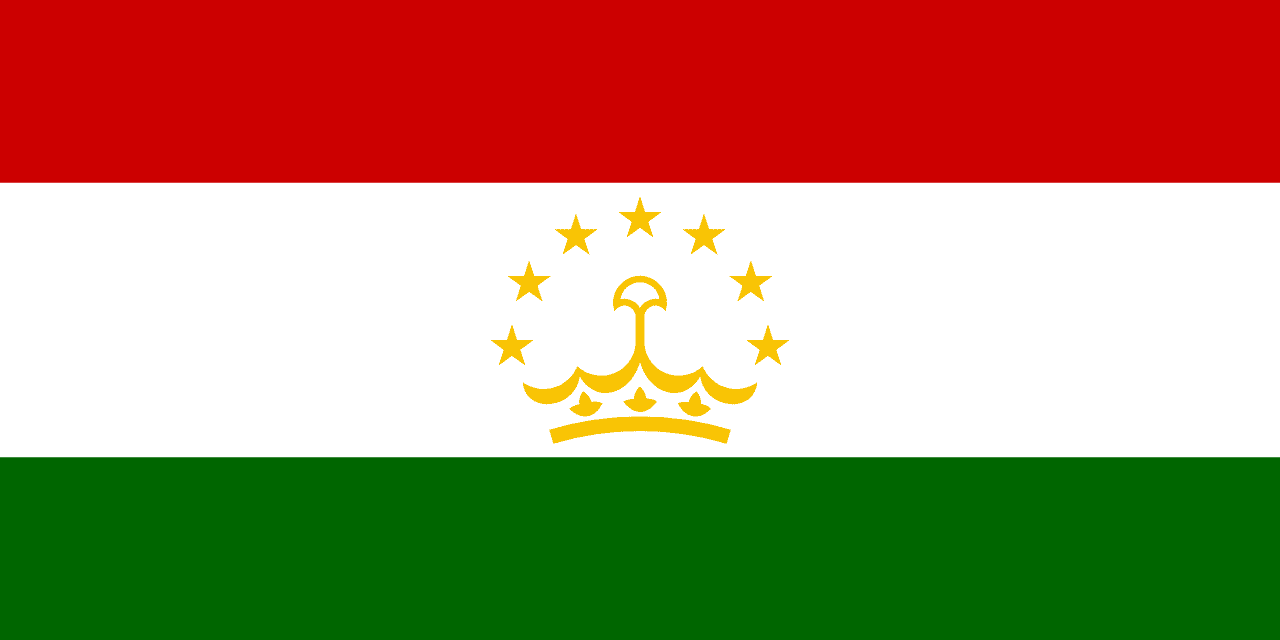The flag of Taiwan consists of a red field with a blue canton containing a white sun with twelve rays. This distinctive design, rich in symbolism, represents the island nation's history, values, and aspirations.
Taiwan information
| National Flag Day | Double Tenth Day (October 10th) |
| Sovereign state | De facto (disputed) |
| Official name | Republic of China (Taiwan) |
| Capital | Taipei |
| Population | 23,816,775 |
| Area | 36,193 km² |
| Currency | New Taiwan dollar (TWD) |
| Language | Mandarin Chinese, Taiwanese Hokkien |
| Continent | Asia |
| Region | East Asia |
| Subregion | — |
| Borders | — |
| Timezone | National Standard Time (NST) UTC+8 |
| Calling code | +886 |
| Top-level domain | .tw |
History of the Taiwanese flag
 The flag was officially adopted on October 28, 1928, during the period of the Republic of China. It has a complex history, rooted in the political and social changes that shaped modern Taiwan. The design was originally created by Lu Haodong, a revolutionary martyr, and later modified by Dr. Sun Yat-sen, the founding father of the Republic of China. After the Chinese Civil War in 1949, when the government retreated to Taiwan, this flag continued to represent the island nation.
The flag was officially adopted on October 28, 1928, during the period of the Republic of China. It has a complex history, rooted in the political and social changes that shaped modern Taiwan. The design was originally created by Lu Haodong, a revolutionary martyr, and later modified by Dr. Sun Yat-sen, the founding father of the Republic of China. After the Chinese Civil War in 1949, when the government retreated to Taiwan, this flag continued to represent the island nation.
Symbolism and design of the Taiwanese flag
Each element of the Taiwanese flag carries deep symbolic meaning. The red field embodies the blood shed by revolutionaries in their quest for democracy and freedom. It also represents the Han Chinese people, the largest ethnic group in Taiwan. The blue canton reflects the nation's commitment to liberty and nationalism, highlighting Taiwan's aspiration for self-governance and sovereignty. The white sun with twelve rays, known as the "Blue Sky with a White Sun" emblem, symbolizes progress and equality. The twelve rays represent the twelve months of the year and the twelve traditional Chinese hours, signifying the spirit of progress throughout the day and year.
Usage and significance of the Taiwanese flag
 The flag of Taiwan is a potent symbol of national pride and identity. It is prominently displayed on government buildings, schools, and during national holidays such as Double Tenth Day (October 10th), which commemorates the start of the Wuchang Uprising of 1911 that led to the founding of the Republic of China. The flag is also used at international events, although its use can be controversial due to Taiwan's complex political status. In sports events where Taiwan participates under the name "Chinese Taipei", a different flag is used to comply with international agreements.
The flag of Taiwan is a potent symbol of national pride and identity. It is prominently displayed on government buildings, schools, and during national holidays such as Double Tenth Day (October 10th), which commemorates the start of the Wuchang Uprising of 1911 that led to the founding of the Republic of China. The flag is also used at international events, although its use can be controversial due to Taiwan's complex political status. In sports events where Taiwan participates under the name "Chinese Taipei", a different flag is used to comply with international agreements.
Interesting facts about the Taiwanese flag
- The "Blue Sky with a White Sun" emblem was originally designed as a national emblem and party flag for the Kuomintang (KMT) political party before becoming part of the national flag.
- The flag's design has remained unchanged since 1928, surviving through significant political upheavals and changes in Taiwan's status.
- In some international contexts, Taiwan uses an alternative flag featuring the national flower, the plum blossom, to avoid political sensitivities.
- The precise shade of red used in the flag is defined as "Chinese Red" and has been standardized to ensure consistency in reproductions.





